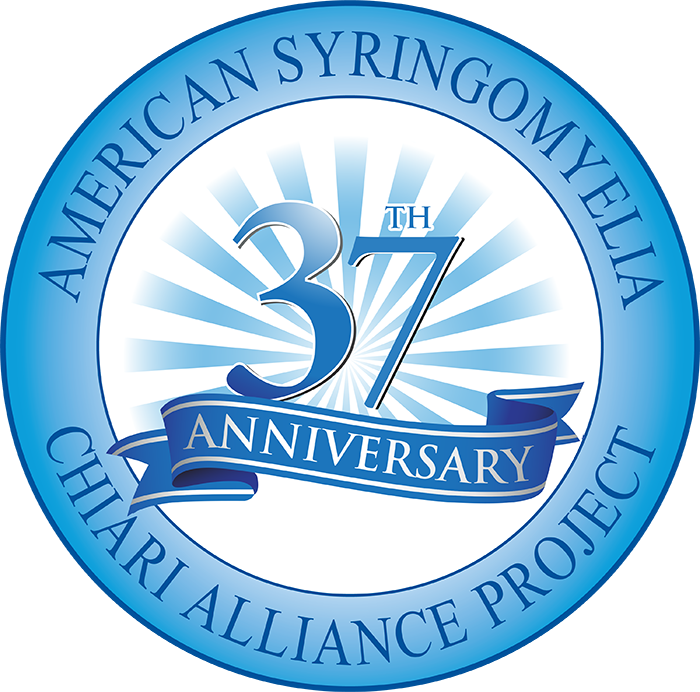Ehlers-Danlos syndrome
Ehlers-Danlos syndrome
What is Ehlers-Danlos Syndrome?
Ehlers-Danlos Syndrome (EDS) is considered a rare condition, although its prevalence is difficult to determine precisely due to variations in diagnostic criteria and awareness among healthcare professionals. It’s estimated to affect about 1 in 5,000 to 20,000 individuals worldwide. However, some experts believe that EDS may be underdiagnosed due to its wide range of symptoms and variability in presentation.

What is Ehlers-Danlos syndrome
As stated in by the Ehlers-Danlos Society, Ehlers-Danlos syndromes (EDS) is defined as a group of 13 heritable connective tissue disorders. The conditions are caused by genetic changes that affect connective tissue. Each type of EDS has its own set of features with distinct diagnostic criteria. Some features are seen across all types of EDS, including joint hypermobility, skin hyperextensibility, and tissue fragility.
There are several types of Ehlers-Danlos Syndrome, each with its own set of symptoms and characteristics. The most common types include:
ASAP and Ehlers-Danlos syndrome
Past conferences we have featured Ehlers-Danlos syndrome (EDS) with these speakers below.
2024 Conference:
Connective Tissue Disorders and Ehlers-Danlos Syndrome (EDS) & Chiari – Vincent Martin, MD
2022 Conference Pain and EDS
Dr. Ruhoy
2022 Conference Neuropsychiatric Manifestations of Mast Cell
Dr. Maitland

